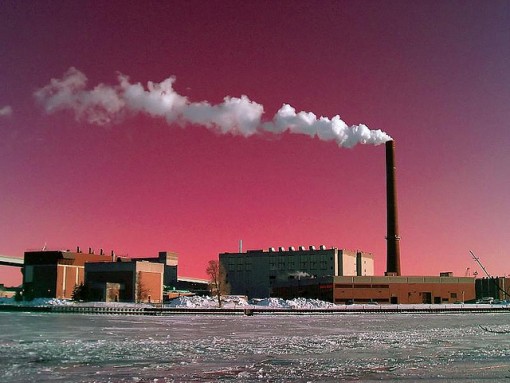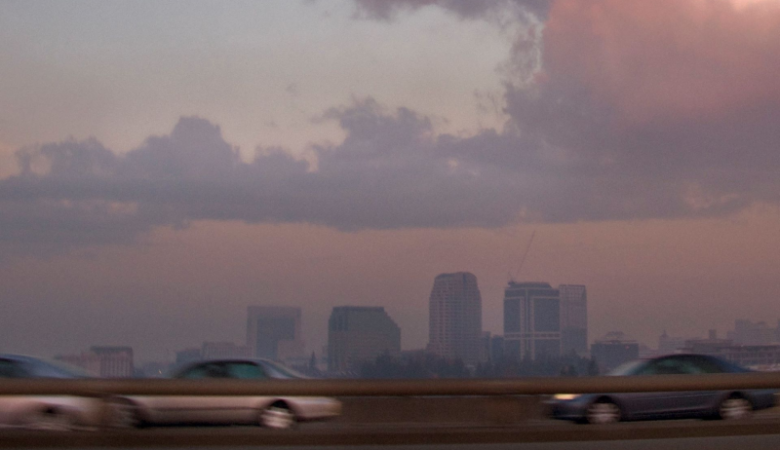The Earth’s environment has a significant impact on the survival of life on our planet. As long as humans continue to destroy over and the planet’s resources, it is possible that these resources may be lost or depleted in a span of few years. Recently, a variety of environmental challenges have risen to unprecedented heights, influencing economies and policies globally.
The U.S. is simply one of many countries that suffer from—and contributing to—these repercussions. The country is beginning to acknowledge and handle environmental challenges within its boundaries, from air pollution to the loss of non-renewable resources. To understand the existing environmental challenges in the United States, we’ll look more closely at what the country can do to fix them and how these difficulties may be exacerbated.
Deforestation
There is an increase in the U.S. population of almost 1,700,000 individuals each year. One more acre is needed to accommodate each human being on the planet, based on current population estimates. Due to this sudden inflow of people, the need for urbanisation has skyrocketed, which has led to an alarming surge in deforestation while we look for additional land to build on. There will be less and less open land, farms, and wildlife habitats across the country if more people are forced to live in cramped quarters on the property.
Air Pollutants
In the previous 50 years, the quality of air in many large cities has substantially improved, yet it is still a problem in many of these places. Sunny California is severely hampered to improve its quality of the air. Last year, all twelve of the most polluted cities in the United States were situated in California. In terms of year-round particulate emissions, three California communities tied for the top spot. As a result, while the United States may not be as polluted, we still have a long way to go.

Global Warming
Since the implications of global warming are so wide-reaching, it may be the most important environmental issue in the United States at this time. The increasing temperatures of the Earth are having a negative impact on a wide range of ecosystems, including local climates, weather systems, and practically every town in the United States and around the world.
Wildfires rage across the country as a result of the problem, which adds to pollution in the air. Throughout the year, these fires burn, spewing carbon dioxide and other pollutants into the atmosphere. Fires ravage agriculture and wildlife habitats, resulting in food scarcity and the extinction of species.
Pollution Of The Water
Our lakes, oceans, and rivers continue to be polluted despite the efforts of a Environmental Protection Agency to protect drinking water quality. Approximately two million tonnes of sewage are dumped into waterways around the world each day, on a global scale. Aside from that, pesticides or other chemicals used on land often end up in waterways and drainage runoff, where they end up in our drinking water and other major bodies of water.
Also difficult to remove are pollutants such as microplastics and metals dissolved in water, as well as medicines and other pharmaceuticals. In addition, abandoned mines in the United States continue to pollute streams. More than 2,300 miles of waterways have been contaminated by mine runoff in Colorado alone.
Depletion Of Natural Resources
As the population of the United States continues to grow, so too will the demand for resources. The demand for energy and water is expected to rise by 50% in the next decade, putting more strain on available resources and creating new questions about our country’s long-term viability and international connections. US farmland is being converted into urban areas, and agricultural staples will be in short supply over the next decade. There will also be a gradual decrease in non-renewable resources like oil, minerals, and metals throughout time.






